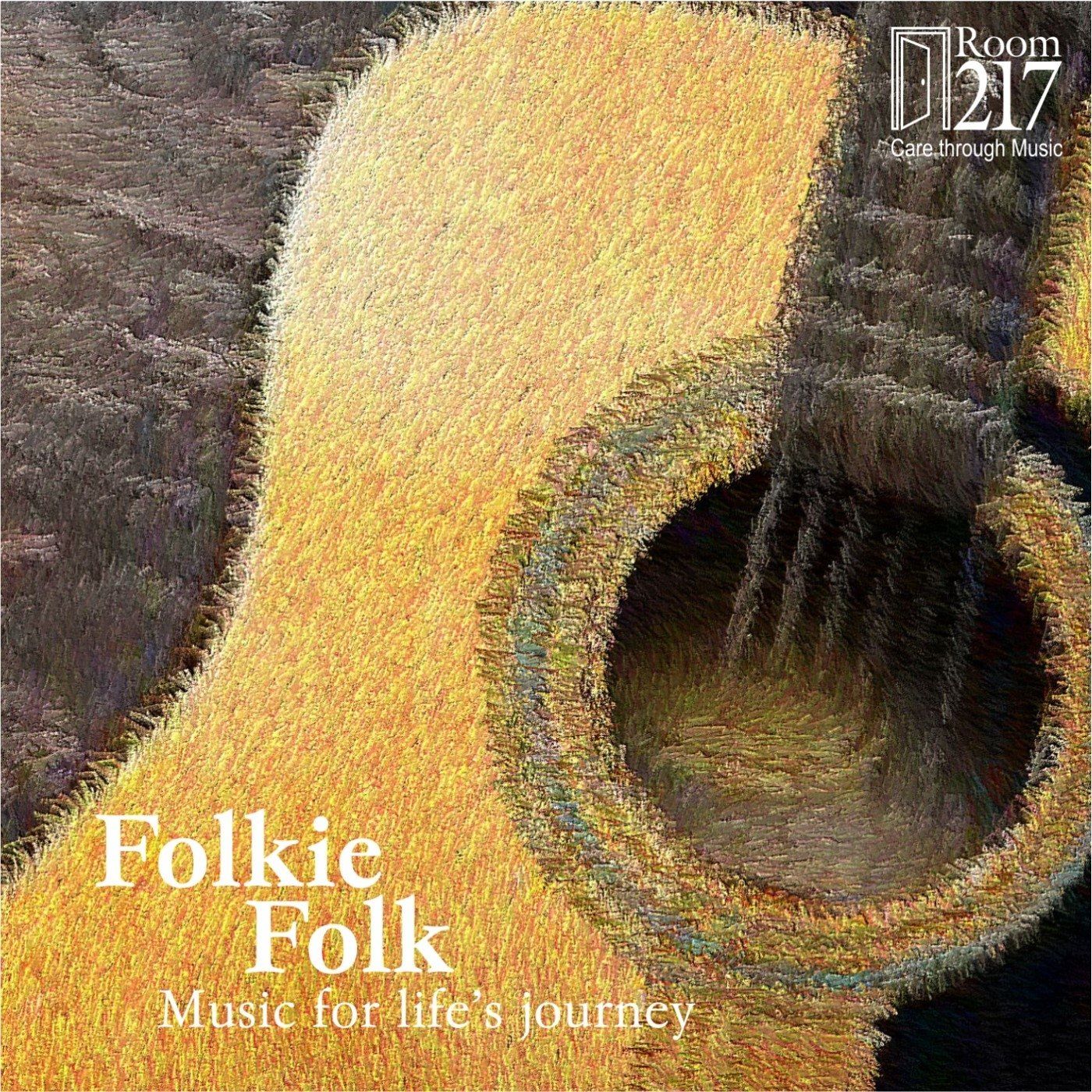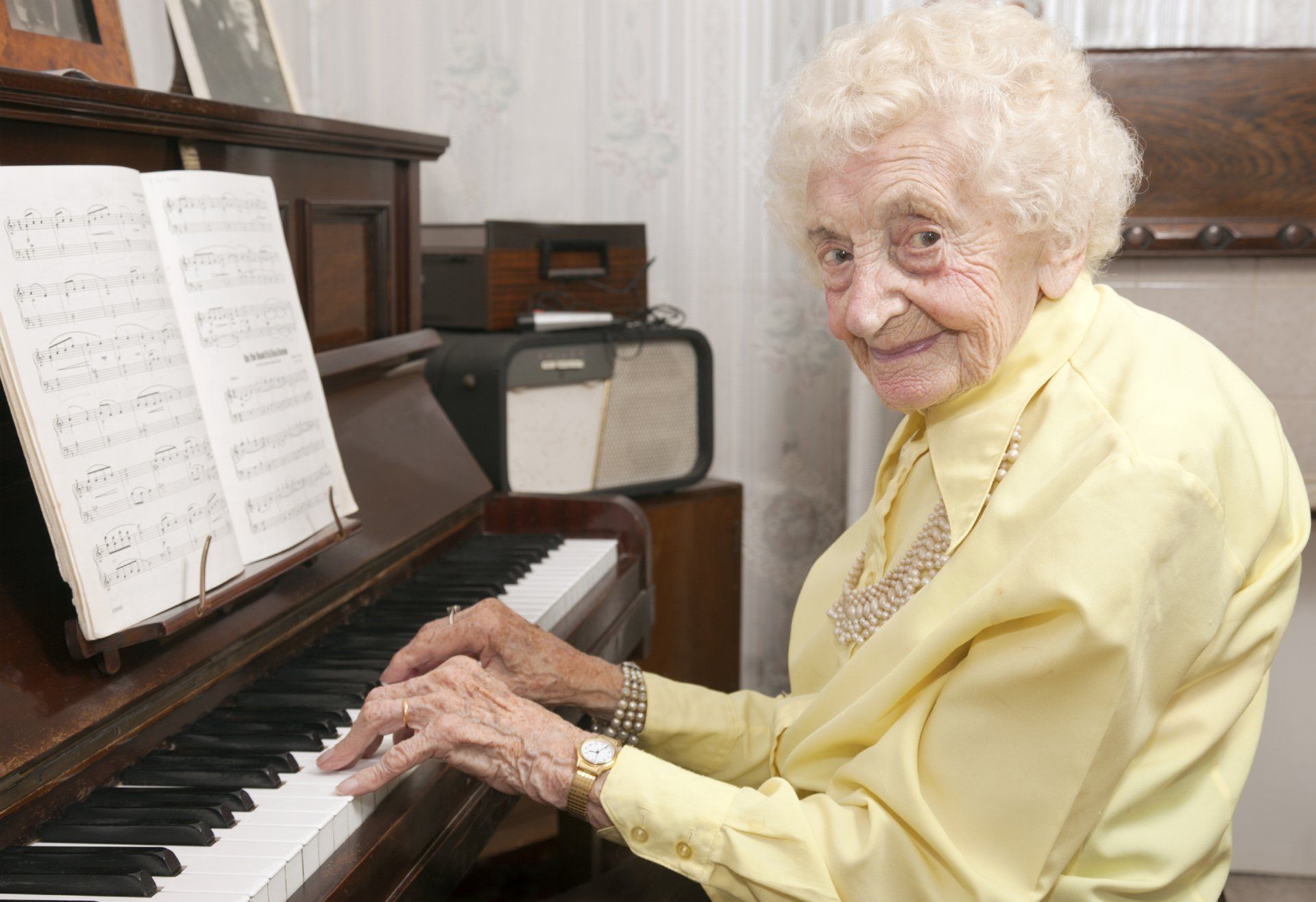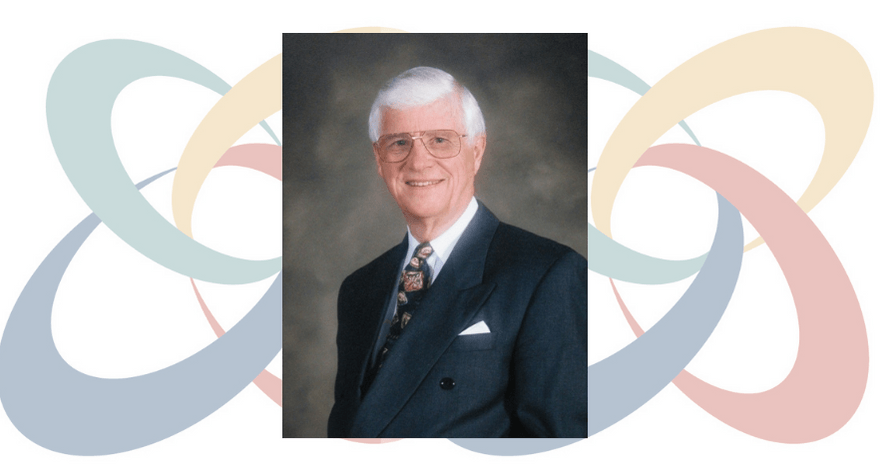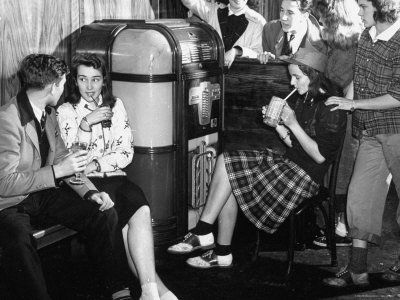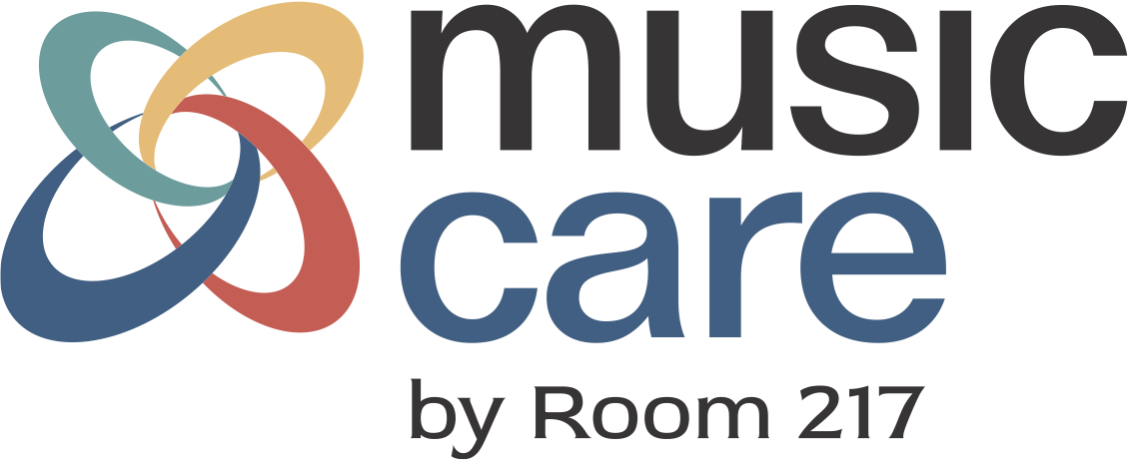Palliative Care
MUSIC CARE WEBINARS
Blogs
By Shelley Neal
•
April 2, 2025
I undertook the MUSIC CARE Certification program when I had journeyed through caring for my mother with Alzheimer’s. It was during my training, I learned how music works in terms of timbre, melody and rhythm and beat, music care domains and music care strategies. It helped me to support mom as the disease progressed. I continued to certify through Music Care and then I had the joy of teaching others the level 1 program Fundamentals of Music Care Theory and Context . I have loved coming alongside others in Long Term Care and using music to support giving voice of what is within one’s life, preventing isolation and loneliness, creating community. I enjoyed all it all. Then, I found myself once again in the Emergency Room with Tim, (my family member) as we were helping him home in his palliative journey. My “outside life” took a back seat and my inside hospital life began. Tim’s was failing and he was no longer able to open his mouth and swallow to obtain nutrient’s due to Parkinson’s . We tried various types of foods, textures and flavours, however, opening his mouth and swallowing remained inaccessible. Tim loved Glen Campbell and Rhinestone Cowboy . When he was a young man, he would repeated play this song until the LP was worn through. He was given a new Glen Campbell CD at Christmas and the song was welcomed back into our lives. There I was ,in my new environment on the tenth floor of the hospital, playing Rhinestone Cowboy. Tim sang along. He actually sang along! He moved his mouth, swallowed and sang along. We were able to get pureed food into his body. Later, the disease continued to ravage his body and Rhinestone Cowboy helped us connected with other such as the speech language pathologist, doctors, cleaning staff and nurses. We sang and danced together with the music and Tim smiled. He knew he was part of a community who loved him. As we knew the end was coming, I played music with a simple melody, 60 beats per minute and soft timbre on my harp to support Tim as he fell into sleep. Near the end, I used tonal music in simple phrases to support calmness matching his breath. Tim passed peacefully and gentle. Today, at his funeral our last song “Rhinestone Cowboy”. After hearing the importance of this song, all the people present joined in singing to honour the village of Tim that so lovingly cared for him. Music Care training has become a natural rhythm in my life to use with aging and sick family members, supporting young children’s learning and providing self-care when I was tired after intense caregiving.
By Shelley Neal
•
March 8, 2024
I initially trained with MUSIC CARE to work with Seniors in Long Term Care who were experiencing dementia and Alzheimer’s Disease. This is the path I travelled with my mom. My training with Music Care and Room 217 supported capacity building in selecting music that was played on my harp or chosen recorded music. The music centered on the care of the individual and their specific needs. My job was to determine the individual’s specific and select music to address these needs. The music selected helped to build community, support sleep, talk about life experiences, create a background landscape of sound, support connection to decrease isolation and loneliness, as well as coming alongside people dying. My training with Music Care helped me understand how to support people “where they were” physically, emotionally, and spiritually. Through using beat, tempo, melody, and timbre, I could cater the music and desired support required for individuals or small groups. My profession is teaching. I am a special education teacher and use music in my primary teaching as a method for learning, practicing language skills, transmitting information about science studies or math equations, as well as having fun and creating our own songs. My teacher toolkit married exceptionally well with the knowledge and skills provided by the Music Care Certification training. Recently, my work with students has involved individual programming for the medically fragile children and the palliative children. I use music (repeating the chorus several times) to engage and connect with the kiddos. We use music to "talk" about feelings (our communication is through eye gaze, eye blinks, and squeezing hands), and content material. I use music to enjoy our relationship of being together. At times, due to medication for seizures, my little ones can be very sleepy. I increase the tempo, engaging in tapping the beat on her hands and using silly action songs. The giggles and wiggles make it magical. I also use music to tell stories (my students have CVI, cortical vision impairment, so visual perception is difficult). This helps the child to engage in the story arch and adventures. Music is my conduit for reaching out and being with the students. Recently, I had the sacred journey of visiting one of my children in ICU at Sick Kids. I was invited to come to say "goodbye". A dear friend who was an ICU nurse in a different department told me (AKA, insisted) that I bring my harp with me. I wasn't sure if this would be appropriate for the family. However, with the permission of the mom, I bravely packed my harp up and took it to the Unit. It was a beautiful evening of talking with their mom and dad about how special their child was in my life. I played the kiddo's favorite songs and then ended with "The More We Get Together". The little one opened their eyes and stared at me. We hugged, and I left. They passed the next morning. I consider this time to be a sacred gift. Music Care Certification has given me the confidence and toolset to work alongside people and to journey together. It is a time a beautiful, difficult, or sacred time that I have been honoured to participate in. Thank You
By Julia Cara
•
March 29, 2022
This article was written by Julia Cara, and is part of a series provided by upper year Health Sciences students at McMaster University.
By Bev Foster
•
January 10, 2022
I will never forget the call that came on that cold, crisp January afternoon twenty years ago. I knew it was imminent. I was expecting it and I thought I was ready. But would I ever be ready to say the final farewell to my father?
By Deb Bartlett
•
September 11, 2020
Poodles skirts, saddle shoes, ducktails and fins on your cars. If these words don’t evoke memories and images from the ‘50s maybe this will:
By Deb Bartlett
•
August 28, 2020
Ask people what folk music is, and you'll get a variety of answers. Is it about the music? The lyrics? The song's history? According to Wikipedia's entry on folk music , it's all of those things: music that's performed by custom over a long period of time; that has no known composers; and that has been transmitted orally. It can describe the traditions of the "uncultured classes" and definitely means it's music of the people. And because it's been shared orally, it is music that has a place, or is indicative of a community. In some circles, because folk music tells stories about events and history, it's known as world music. In a dissertation, Rachel Clare Donaldson simply stated "Folk music is what the people sing."
Show More
Articles
Beider, S. An ethical argument for intergrated palliative care. Evidence-based Complimentary and Alternative Medicine, 2(2), 227-231.
Daveson, B., (2001). Music therapy and childhood goals, methods, patient choices and control during diagnosis, intensive treatment, transplant and palliative care. American Music Therapy Association Perspectives 19 (2)
Edwards, A., Pang, N., Shiu, V., & Chan, C. (2010). The understanding of spirituality and the potnetial role of spiritual care in end-of-life and palliative care: A meta-study of qualitative research. Palliative Medicine, 24(8), 753-770.
Herth, K. (1990). Fostering hope in terminally-ill people. Journal of Advanced Nursing, 15, 1250-1259.
Hilliard, R.E. (2003). The Effects of Music Therapy on the Quality and Length of Life of People Diagnosed with Terminal Cancer. Journal of Music Therapy, XL (2), 113-137
Lokker, M.E., can Zuylen, L., Veerbeek, L., van der Rijt, C.C.D., & van der Heide, A. (2012). Awareness of dying: It needs words. Support Care Cancer, 20, 1227-1233.
McCormick, T.R., Hopp, F., Nelson-Becker, H., Ai, A.L., Schlueter, J.O., & Camp, J.K. (2012). Ethical and spiritual concerns near the end of life. Journal of Religion, Spirituality & Aging, 24, 301-313.
Reed, P. (1991) Spirituality & Well-Being in Terminally Ill Hospitalized Adults. Research in Nursing and Health. 10:335-344.
Salmon, D. (1993). Music and emotion in palliative care. Journal of Palliative Care. 9(4):48-52.
Scheiby, B.B. (2005). Dying alive - a transpersonal analytical music therapy approach for adults with chronic, progressive neurological diseases. Pp.178-179. C. Dileo & J. Loewy (Ed.).Cherry Hill: NJ. Jeffrey Books.
Books
Berger, J. S. (2006). Music of the soul: Composing life out of loss. New York, NY: Routledge
Byock, I. (1997). Dying well: the prospect for growth at the end of life. New York, NY: Riverhead Books.
Clements-Cortes, A. (2009). Episodes of relationship completion through song: Case studies of music therapy research in palliative care. Saarbrucken, GER: VDM Verlag Dr. Muller Aktiengesellschaft & Co.
Clements-Cortes, A., Klinck, S.A., (2016) Voices of the Dying and Bereaved: Music Therapy Narratives
DeSpelder, L. A., & Strickland, A. L. (2002). The last dance: Encountering death and dying (6th ed). Boston, MA: McGraw-Hill.
Dileo, C., & Loewy, J.V. (Eds.). (2005). Music therapy at the end of life. Cherry Hill, NJ: Jeffrey Books.
Links


